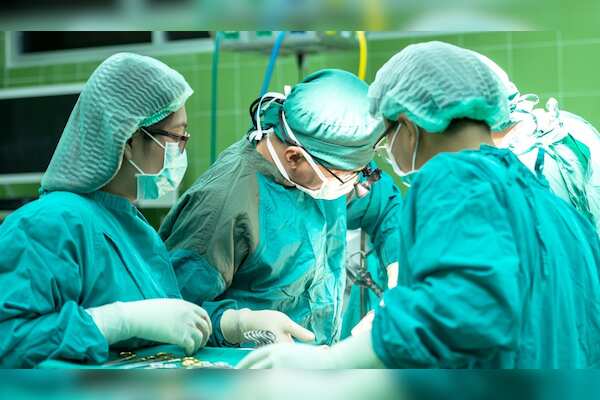In order for future human colonies on Mars to thrive, the ability to produce food locally will be essential. Relying on costly and unreliable rocket deliveries to meet the food needs of colonists is not a sustainable solution. Scientists are therefore exploring innovative ways to optimize space farming to ensure the success of Martian agriculture.
Researchers at Wageningen University & Research in the Netherlands have made significant progress in this field by experimenting with a method called "intercropping," inspired by ancient Maya farmers. In their controlled greenhouse, tomatoes, peas, and carrots were all grown together in pots in simulated Martian soil. The results were promising, with tomatoes in particular showing a significant increase in yield when intercropped alongside other vegetables.
This groundbreaking research, led by astrobiologist Rebeca Gonçalves, demonstrates the potential of intercropping to enhance crop production in space agriculture. The simulated Martian regolith used in the experiments was developed by NASA researchers to closely match the physical and chemical properties of real Martian soil. By adding beneficial bacteria and nutrients, as well as carefully controlling environmental factors such as gases, temperature, and humidity, the researchers were able to create conditions similar to those expected in a Martian greenhouse.
This attention to detail is crucial in paving the way for sustainable food production on the Red Planet. While the concept of human bases on Mars may still be in the realm of science fiction, organizations like NASA are actively working towards making it a reality. With plans to send astronauts to Mars in the 2030s, the need for self-sustaining agriculture becomes increasingly clear.
Wieger Wamelink, a plant ecologist at Wageningen and CEO of B.A.S.E., emphasizes the importance of growing crops on Mars to avoid the costly and risky endeavor of transporting food from Earth. Intercropping emerges as a viable solution to maximize resource utilization and facilitate successful crop cultivation in a Martian environment. The success of intercropping in simulated Martian soil opens up a world of possibilities for future space farming endeavors.
As research continues, scientists aim to further optimize the intercropping technique by experimenting with different plant species, ratios, and conditions. The ultimate goal is to establish a system that maximizes crop yield while minimizing resource consumption, laying the groundwork for sustainable food production on Mars. In conclusion, the innovative work being done at Wageningen University & Research represents a significant step forward in the quest for self-sustaining agriculture on Mars. By harnessing the ancient farming practice of intercropping and applying it to space agriculture, researchers have demonstrated the potential to significantly increase crop yields in a Martian environment. As humanity continues to expand its presence beyond Earth, the importance of developing reliable food sources on other planets cannot be overstated. With further research and development, the dream of thriving human colonies on Mars may soon become a reality.
.png)









 English (US)
English (US)